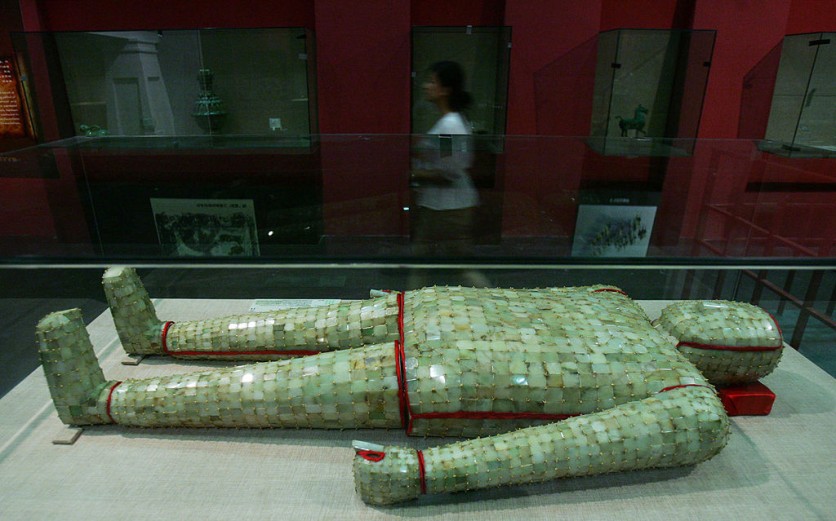Several jade artifacts were unearthed in a sacrificial pit at the Lingjiatan archaeological site in China thanks to a team of archaeologists from the Anhui Provincial Cultural Relics and Archaeology Institute, reported first by China Daily.

Jade and Stone Tools
Lingjiatan is situated in Hanshan County, Anhui Province, China, along the Yangtze River. When a villager in Lingjiatan village dug a grave for his deceased mother, he found jade and stone tools, which led to the discovery of the site.
He submitted the discoveries to the neighborhood cultural bureau, which sparked a series of methodical excavations that uncovered a sizable Neolithic settlement that was inhabited between 5,300 and 5,800 years ago.
Earlier digs have uncovered several residential building foundations as well as densely placed Neolithic tombs and other significant relics such as sacrificial pits, altars, and stone circles.
Archaeologists have recently finished their season of excavations from October 2021 to April 2022. In a 327 square meter area close to a cemetery, they discovered a neolithic sacrificial pit over 13 feet long and 1 foot deep.
The Neolithic occupants likely burned jade as part of a ceremonial sacrifice in the pit, which is now loaded with bone remnants, stone tools, and baked clay bricks.
Over 400 artifacts, including jade accessories, bracelets, and many more, were unearthed during the pit's excavation.
One of the most remarkable finds of the team also included a jade artifact in the shape of a dragon, also known as hung, which belonged to the Neolithic period.
The Significance of Jade
The variety and fragility of the jade discovered at Lingjiatan have rarely been observed at other sites, according to Zhang Jingguo, a researcher at the Anhui institute.
He told China Daily that the finds exhibit the superb craftsmanship and expansive spiritual universe of those who lived there.
Jingguo adds that these latest discoveries strengthen the site's significance as a benchmark for research on early civilizations. He explains that the location is crucial to revealing the origins of Chinese civilization.
The researcher notes that jade ruled people's life at Lingjiatan. Earlier studies indicate that Huang with tiger heads denoted a military alliance.
Zhang said that jade swabs might include hints about a fortune-telling ritual, where jade eagles ornamented with motifs like the sun demonstrated that people worshiped celestial gods, noting that religion was ever-present in early China and a telltale of how civilization began.
Archaeological data says that approximately 5,300 years ago, the Lingjiatan Culture abruptly vanished.
The Liangzhu City Archaeological Ruins were added to the UNESCO World Heritage List in 2019.
Related Article : Archaeologists Find an Extremely Rare 1,300-year-old Gold and Gemstone Necklace From a Medieval Woman in England

ⓒ 2025 TECHTIMES.com All rights reserved. Do not reproduce without permission.




